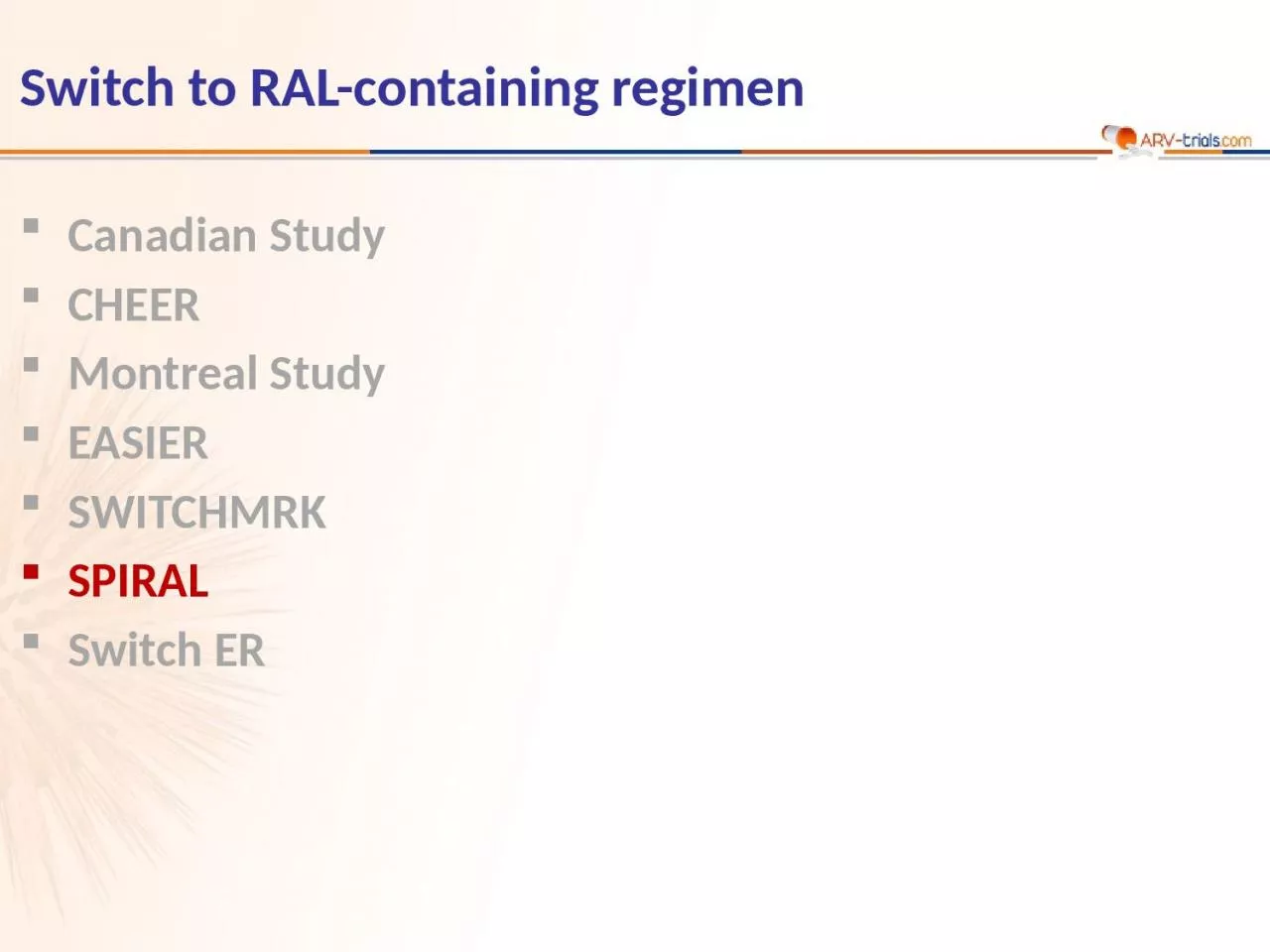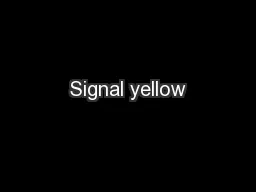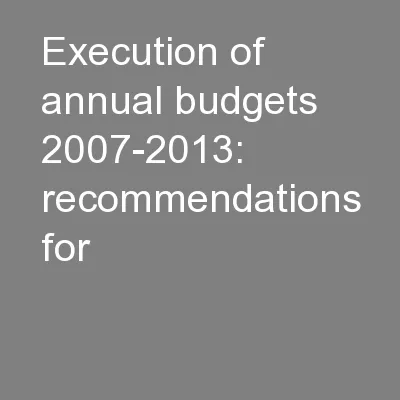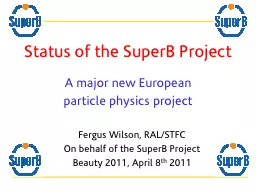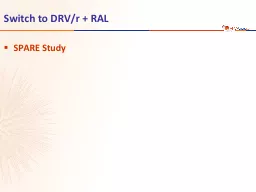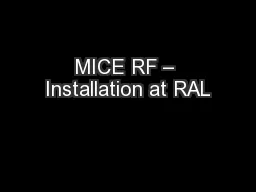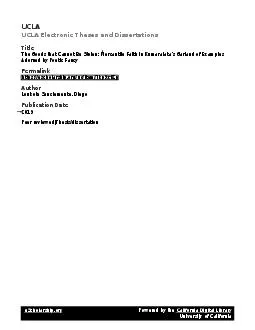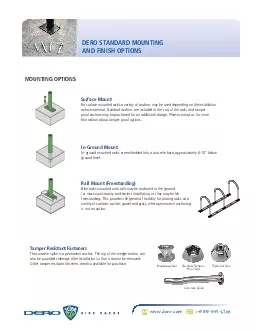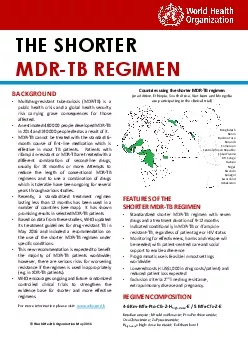PPT-Switch to RAL-containing regimen
Author : josephine | Published Date : 2024-01-29
Canadian Study CHEER Montreal Study EASIER SWITCHMRK SPIRAL Switch ER Design Endpoints Primary non inferiority in the proportion of patients with treatment failure
Presentation Embed Code
Download Presentation
Download Presentation The PPT/PDF document "Switch to RAL-containing regimen" is the property of its rightful owner. Permission is granted to download and print the materials on this website for personal, non-commercial use only, and to display it on your personal computer provided you do not modify the materials and that you retain all copyright notices contained in the materials. By downloading content from our website, you accept the terms of this agreement.
Switch to RAL-containing regimen: Transcript
Download Rules Of Document
"Switch to RAL-containing regimen"The content belongs to its owner. You may download and print it for personal use, without modification, and keep all copyright notices. By downloading, you agree to these terms.
Related Documents

